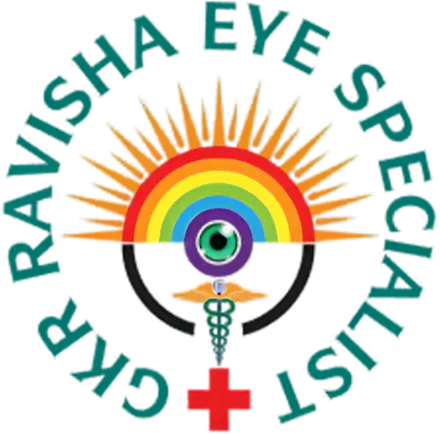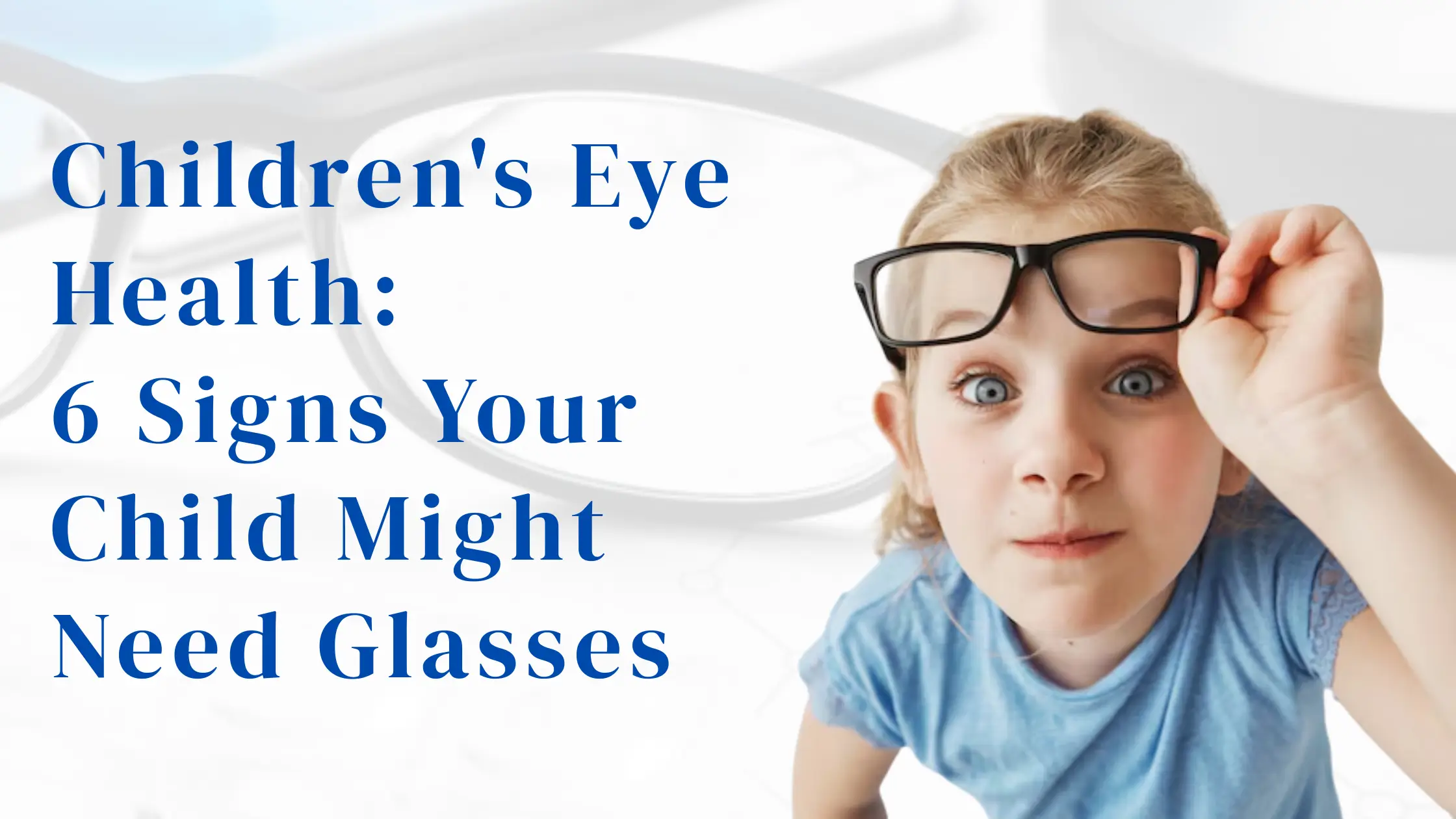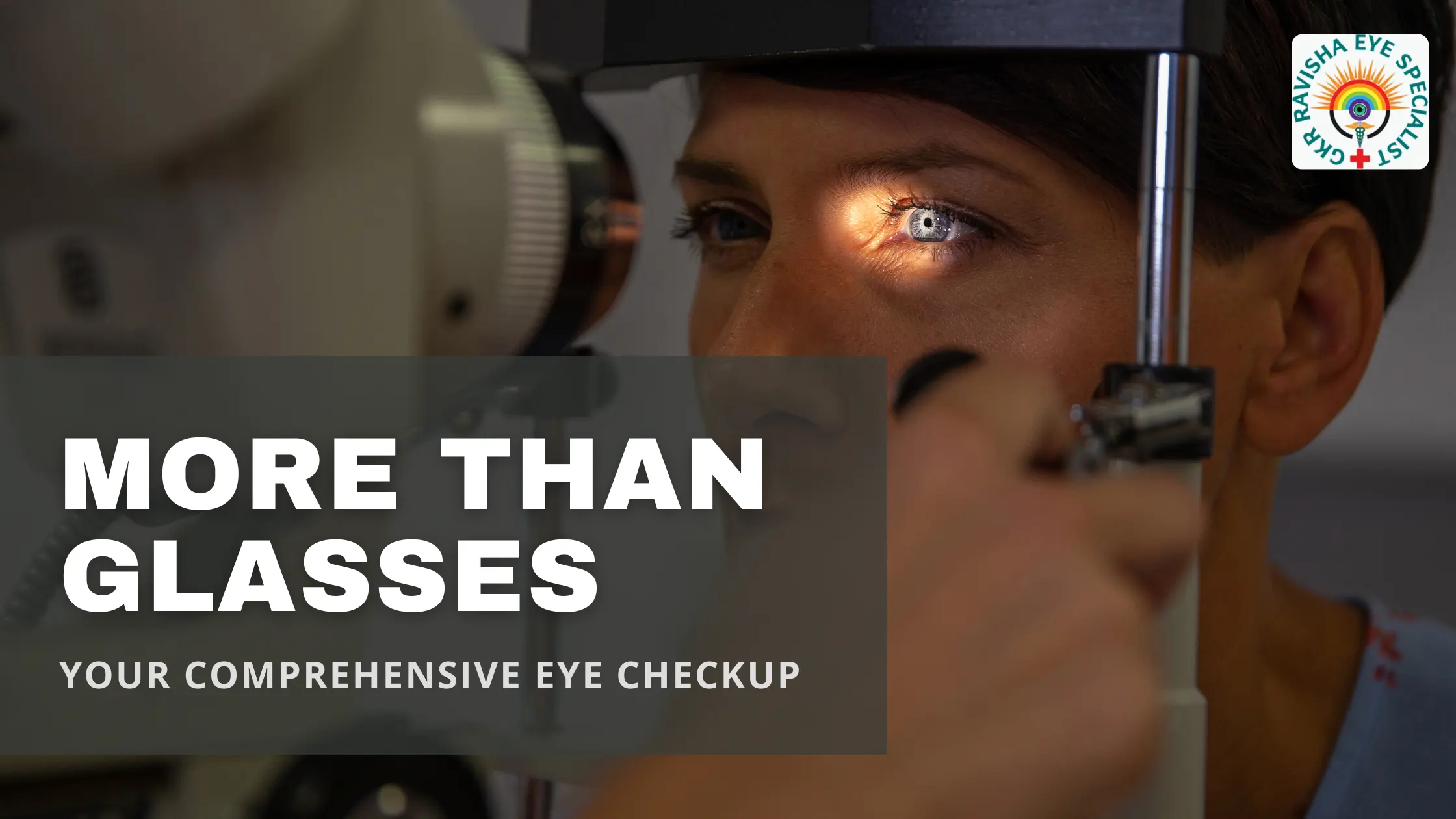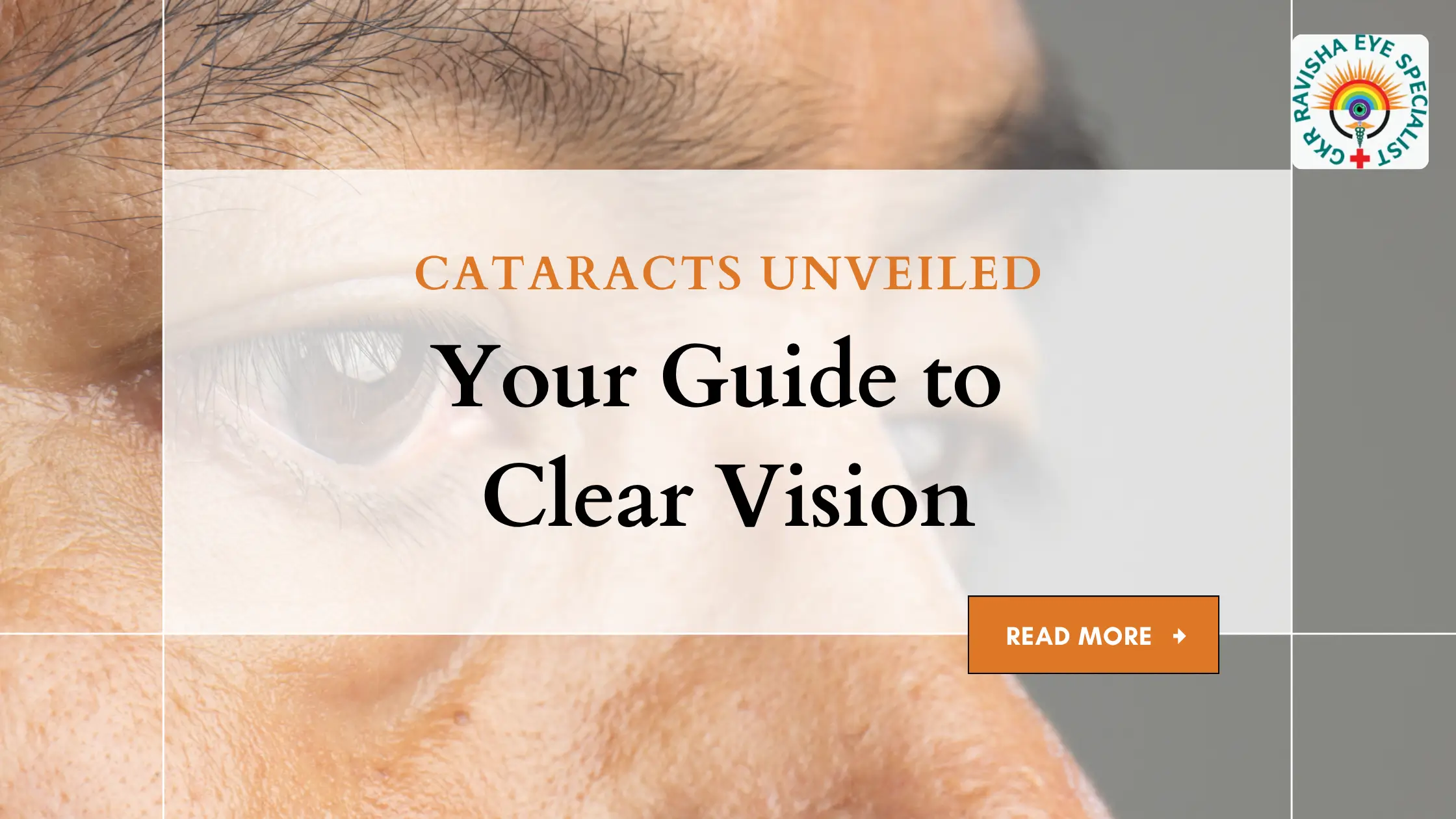Introduction
As parents, we observe our children’s physical growth, diet, and education, but one aspect typically left out is their eyesight. Children, especially when small, can be unaware that they are vision-impaired, and they might simply believe that how they see things is normal. This would make it hard to spot warning signs for vision impairments without undergoing an eye check-up.
If left untreated, poor vision can affect a child’s learning, behavior, and self-esteem at school and at home. That’s why it’s so important to be aware of the signs early on.
In this blog, let’s explore 6 important signs that may mean your child needs glasses and how you can help support their healthy visual development.
Squinting Frequently
What to Watch For:
If your child often squints to look at far objects like the TV, blackboard, or street signs, it may be a myopia (nearsightedness) indicator. Squinting increases focus temporarily by narrowing the eye’s opening.
Why It Happens:
Squinting reduces light to the eye and can temporarily improve clarity, allowing children to cope with blurry vision.
Have a complete eye exam by an optometrist to check for refractive problems like nearsightedness or astigmatism.
Sitting Close to TV or Holding Books Close to Face
What to Watch Out For:
Does your child insist on sitting right in front of the TV or holding books and tablets close up to their face? Another common behavior suffered by kids with vision problems.
Why It Happens:
Children who are nearsighted find it difficult to see distant objects, so they tend to get closer automatically to see things clearly.
What to Do:
Stand your child at a correct reading distance and observe whether the habit continues. If it does, bring your child to a pediatric eye doctor.
Recurrent Headaches or Eye Rubbing
What to Look For:
If your child is rubbing their eyes a lot or is complaining of headaches especially after reading, writing, or watching television, it could be an indication of eye strain.
Why It Happens:
Vision issues that are not corrected cause the eye muscles to overwork in order to focus, leading to fatigue and discomfort.
What to Do:
Book an eye test to determine whether or not vision correction is needed. Also, limit screen time and have your child take breaks.
Covering an Eye or Tilting Head
What to Look For:
Kids tend to cover their eyes or tilt their head in order to bring things into better focus, especially when reading or looking at something on a screen.
Why It Happens:
This can be a symptom of amblyopia (lazy eye) or strabismus (crossed eyes) — conditions where one eye is weaker than the other or where the eyes are not aligned correctly.
What to Do:
Early detection and treatment such as glasses, patching, or vision therapy can do wonders to enhance eyesight and eye coordination.
Having Difficulty Focusing or Losing Their Place When Reading
What to Watch For:
Is your child struggling to follow lines of text or losing their place during reading? Are they more frequently skipping words or lines than normal?
Why It Happens:
This may be a sign of problems with eye teaming or tracking when both eyes are not working as a smoothly functioning team.
What to Do:
Obtain a pediatric optometrist’s assessment. Vision therapy or glasses can fix coordination issues.
Trouble in School or Apathy to Reading
What to Look Out For:
If your child is struggling in school, does not want to read, or does not have interest in visual tasks, their vision may be having a surreptitious effect.
Why It Occurs:
Students with visual disabilities might become aggravated with reading or board work and easily lose focus or interest.
What to Do:
Talk to your child’s teacher and notice their classroom behavior. Add these observations to a pediatric vision screening to determine the underlying cause.
Conclusion
Kids don’t always have the vocabulary to complain about vision problems, but their behavior and habits tell all. Paying attention to these little red flags can help catch eye problems early, making a big impact on their school performance, confidence, and overall well-being.





